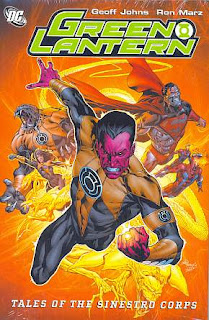
Review: Kingdom Come trade paperback (DC Comics)
August 28, 2008
Trade Perspectives: Who Would You Rather Have as Blue Beetle?
August 27, 2008

Review: Hawkgirl: Hawkman Returns trade paperback (DC Comics)
August 21, 2008
Trade Perspectives: Enough with the Front Foil Stamping!
August 20, 2008
Trade Perspectives: Best Online Comics Shop?
August 6, 2008





